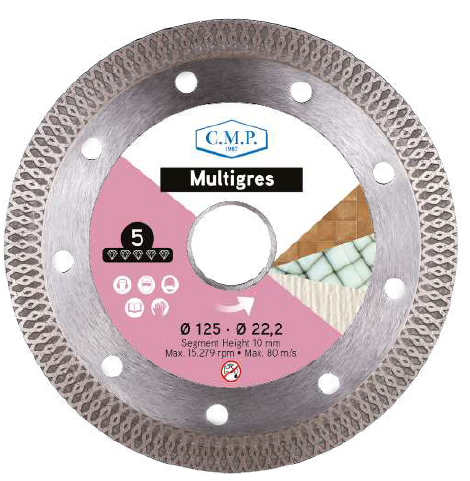

This scale was however quickly found too discrete and non-linear. Historically, hardness was first defined as the ability of one material to scratch another and quantified by an integer (sometimes half-integer) from 0 to 10 on the Mohs scale. Traditionally, high-pressure and high-temperature ( HPHT) conditions have been used to synthesize superhard materials, but recent superhard material syntheses aim at using less energy and lower cost materials. However, defects can actually strengthen some covalent structures. This greatly reduces structural deformations that can lower the strength of the material. Ideally superhard materials should have a defect-free, isotropic lattice. A superhard material has high shear modulus, high bulk modulus, and does not deform plastically. The hardness of a material is directly related to its incompressibility, elasticity and resistance to change in shape. An example of extrinsic superhard material is nanocrystalline diamond known as aggregated diamond nanorods.Īn indentation left in case-hardened steel after a Vickers hardness test. Conversely, extrinsic materials are those that have superhardness and other mechanical properties that are determined by their microstructure rather than composition. The intrinsic group includes diamond, cubic boron nitride (c-BN), carbon nitrides, and ternary compounds such as B-N-C, which possess an innate hardness. Superhard materials can be generally classified into two categories: intrinsic compounds and extrinsic compounds. Alternatively, borides combined with transition metals have become a rich area of superhard research and have led to discoveries such as ReB 2, OsB 2, and WB 4. Tungsten carbide is an industrially-relevant manifestation of this approach, although it is not considered superhard. In this way, metals with high bulk moduli but low hardness are coordinated with small covalent-forming atoms to produce superhard materials. The second approach towards designing superhard materials incorporates these lighter elements (B, C, N, and O), but also introduces transition metals with high valence electron densities to provide high incompressibility. This approach became popular in the late 1980s with the exploration of C 3N 4 and B-C-N ternary compounds. In the first approach, researchers emulate the short, directional covalent carbon bonds of diamond by combining light elements like boron, carbon, nitrogen, and oxygen. The search for new superhard materials has generally taken two paths.

Therefore, recent research of superhard materials has been focusing on compounds which would be thermally and chemically more stable than pure diamond. In addition, diamond dissolves in iron and forms iron carbides at high temperatures and therefore is inefficient in cutting ferrous materials including steel. However, diamond has several limitations for mass industrial application, including its high cost and oxidation at temperatures above 800 ☌. Diamond demonstrates both high thermal conductivity and electrically insulating properties, and much attention has been put into finding practical applications of this material. As a result of their unique properties, these materials are of great interest in many industrial areas including, but not limited to, abrasives, polishing and cutting tools, disc brakes, and wear-resistant and protective coatings.ĭiamond is the hardest known material to date, with a Vickers hardness in the range of 70–150 GPa. They are virtually incompressible solids with high electron density and high bond covalency. Material with Vickers hardness exceeding 40 gigapascalsĪ superhard material is a material with a hardness value exceeding 40 gigapascals ( GPa) when measured by the Vickers hardness test.


 0 kommentar(er)
0 kommentar(er)
